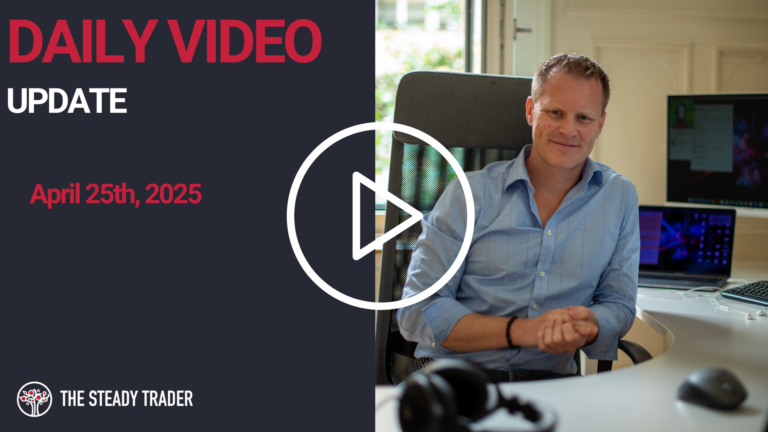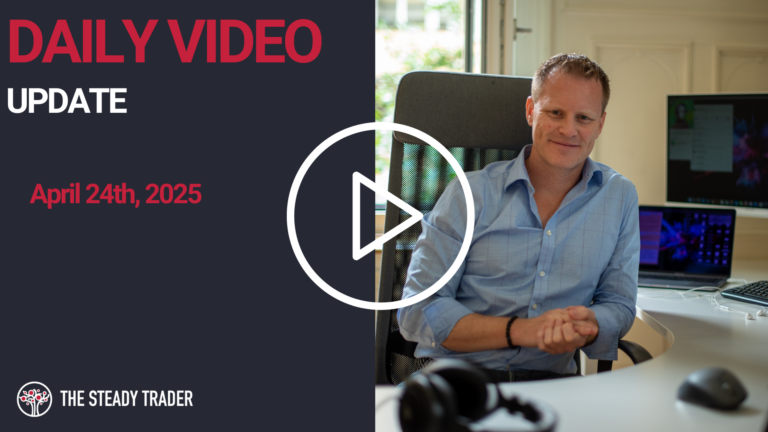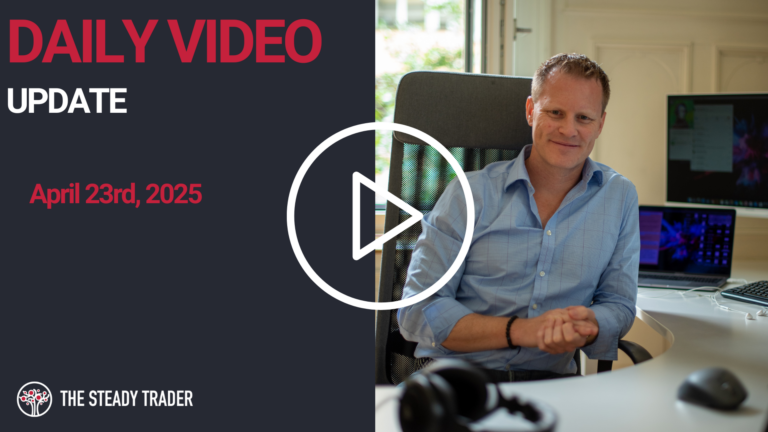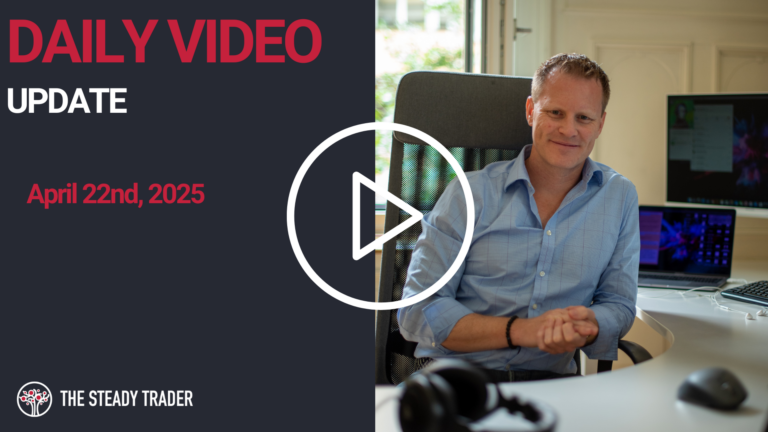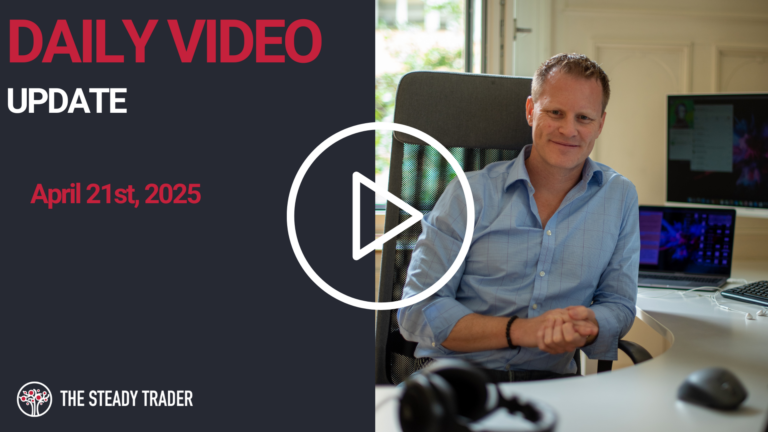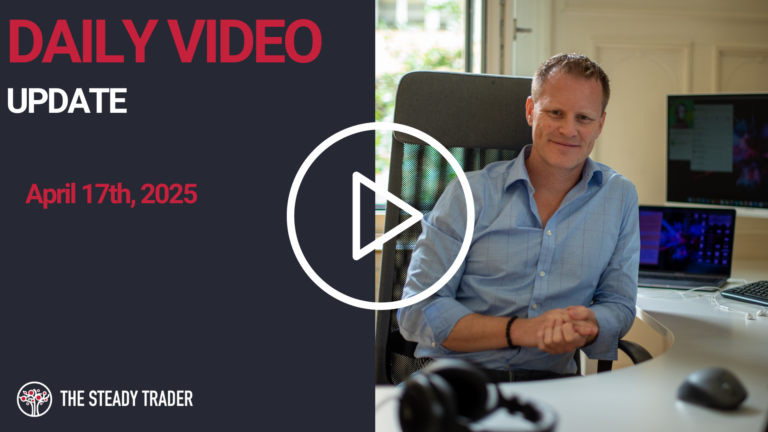While the major U.S equity indices are solidly in the positive for the year, signs all around us indicate that it may be in increasingly difficult for these gains to hold. From awful looking equity index charts in Europe and Asia, inverted yield curves in Spain to ultra-low bond yields in the U.S. and rising credit spreads, things may get tougher going forward.
The world is getting increasingly interconnected and that holds especially true in the financial markets. Domestic markets in the U.S. or elsewhere can no longer be analyzed in isolation but global trade winds must be a significant contributing factor in the analysis. As such in my work I look at a variety of markets around the world and in different asset classes to draw my conclusions.
Both gold and silver after major bull markets in previous years have been consolidating for the past twelve months and now recently reached critical support levels. If these current support levels break next support isn’t likely to be found for another 5-10% lower.
Ever so well documented is the seemingly never ending rise in the price of U.S. Treasury-issued bills, notes and bonds. The benchmark 10 year U.S. Treasury Note yield keeps making new lows indicating a flight to quality and risk aversion on the part of investors. Who finds these yields attractive enough to invest is an entirely separate discussion, but the mere fact that bond funds are still seeing inflows speaks volumes about investor confidence.
In the world of corporate investment grade credit, while off the highs for the year, the CDX North America Investment Grade Index of credit default swaps has been on the rise since mid March.
Economic data has steadily worsened on a global basis throughout 2012. Earlier this week the Richmond Federal Reserve Manufacturing Survey severely disappointed and came in well below estimates.
The lone ‘star’ thus far this year remain U.S. equities if looked at through the major indices; S&P 500, Dow Jones Industrial Average, Nasdaq 100, and Russell 2000.
Defensive sectors such as utilities, healthcare and consumer staples have helped to keep U.S. equities afloat. The very fact that defensive sectors are being bid higher however is troubling as it also indicates investor risk aversion. Cyclical sectors have not seen new highs for 2012 in recent weeks, and thus decoupling from non-cyclicals/defensives.
The chart below illustrates this well; Plotted is the consumer discretionary etf (XLY, white line) versus the consumer staples etf (XLP, orange line). Note the decoupling in May just as broader equity markets came for sale. Despite a rally off the June lows the divergence remains. In other words, cyclical sectors are not confirming the June rally and thus giving us negative divergence.
Most S&P 500 cyclical sector charts as well as the S&P 500 itself are currently displaying what technicians refer to as a bear flag. The SPY etf is dangerously close to breaking down and out of the flag while small caps (often regarded as a leading indicator) as measured by the Russell 2000 have already broken down.
With most major asset classed around the globe flagging warning signals, given global risk asset correlation it may only be a matter of time until U.S. equities take another dive. Given the current levels of headline risk it is advisable to now work with defined stops and limits more than ever. Remember, you can always re-enter the trade.







